Tenet has come home and the latest from Christopher Nolan is wickedly compelling, mind-blowingly complex, and an ambitious endeavor from the man who loves to push the cinematic envelope. One can see why the filmmaker wanted audiences to witness his flick on the big screen—some even called it the film that would “save theaters.”
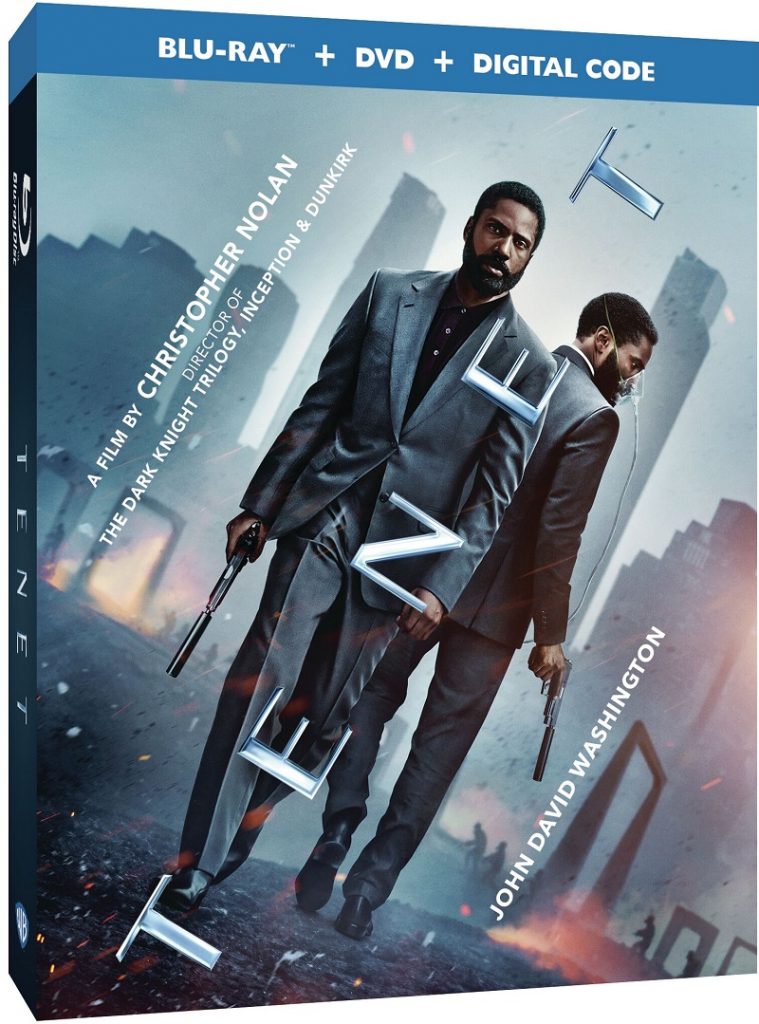
Hey, it tried. The film banked $350 million to date—not bad considering we’re in the midst of a pandemic like the world hasn’t grappled with in over a century.
First and foremost, let me say this… watching it on the home theater set-up with a hi-def TV and supremely awesome sound system, I don’t feel cheated out of the majesty of Tenet one bit.
Tenet stars John David Washington, Robert Pattinson, and Elizabeth Debicki in the lead roles with a supporting cast led by the most outstanding of thespians, Kenneth Branagh (who starred in Nolan’s last film Dunkirk), along with Himesh Patel (who stole our hearts in Yesterday), and Dark Knight veteran and all-around awesome actor, Michael Caine.
So, what exactly is Tenet? Well… how should I put this without giving away an ounce of the movie’s plot or anything that makes this firmly a film from the man who gave us Inception?
The world is at risk and this is an end-of-days scenario where no one escapes, i.e., complete human annihilation. It also is one that is as fresh and as unique as they come. Folks always complain about Tinsel Town not giving us original material and Nolan does that with Tenet in spades. After all, Hollywood history is littered with end-of-the-world stories, but I guarantee that none of them are as layered, complicated, and yes, compelling as the one the filmmaker has crafted (he also penned the script).
Enter Washington’s Protagonist—seriously that is what is listed as his name. He fascinatingly refers to himself as the protagonist on many occasions in the film, and believe it or not, that is one source of mystery. Is he? Or is someone else? After a riveting first scene, that features Washington front-and-center, he is sucked into a landscape where the entity that is time is played with in ways that are beyond intriguing. In fact, the screenwriter doesn’t call it time travel or time adjusting—here it is known as Inversion. There is a vast international espionage element that has Tenet feeling like a Bond movie on steroids, or maybe LSD!
The film is gorgeous and pulsates with suspense and jaw-dropping cerebral twists and turns that allow the viewer to consider the conclusion to Washington’s mission as something that could have a myriad of outcomes.
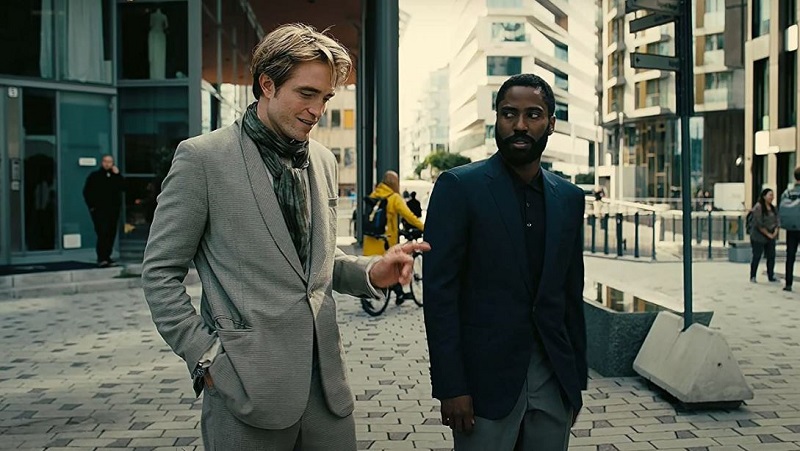
Pattinson is pitch-perfect. The man who will be The Batman plays Washington’s partner. Now, countless films have star/co-star souls that must be in synchronicity for their missions/endeavors to even have a chance at success. Pattinson’s Neil and Washington’s Protagonist have to be so simpatico that a degree in physics might be required to deeply appreciate its impact on the story.
Then, there’s Debicki (Widows) Her Kat is married to Branagh’s Sator, and they have a son. Sator’s a Russian who feels like he’s one of those former Soviet Union souls who took advantage of the break-up of the empire to better his position in life.
Debicki portrays Kat as simultaneously stoic, empathetic, and maternal. She and Washington are mostly electric when they share scenes and, in many ways, their onscreen interactions are the key to the tenacity of Tenet. In fact, these two need to make another movie together in an entirely different genre and I would bet they would slay.
Branagh smartly plays Sator about as coy as an actor can get away with. He nails the Russian accent, which incidentally wasn’t the best when he tackled his Russian character in Jack Ryan: Shadow Recruit. His motivation is revealed, sure, but what that is and how it plays into the overall arc of Tenet is veiled in such secrecy, Nolan deserves some major props for his screenwriting evolution in that vein. Sadly, his characterizations—particularly the one embodied by Washington—could use a little filling out.

In the end, truthfully, Nolan is the real star here. Tenet is a monumental undertaking, and it all starts with his screenplay. Whenever storytellers play with the element of time, so much has to be checked and double-checked to ensure it adds up—because audiences are so savvy that someone will break it down in it better be zipped up tight.
While witnessing his latest, it continually struck me how complex this web he’s woven is and as such, the painstaking effort that undertaking must have been. There is so much about the specifics of what he employs here, time-twisting wise, that I would love to dissect and salute, but that just bleeds into spoiler territory and The Movie Mensch doesn’t roll that way!
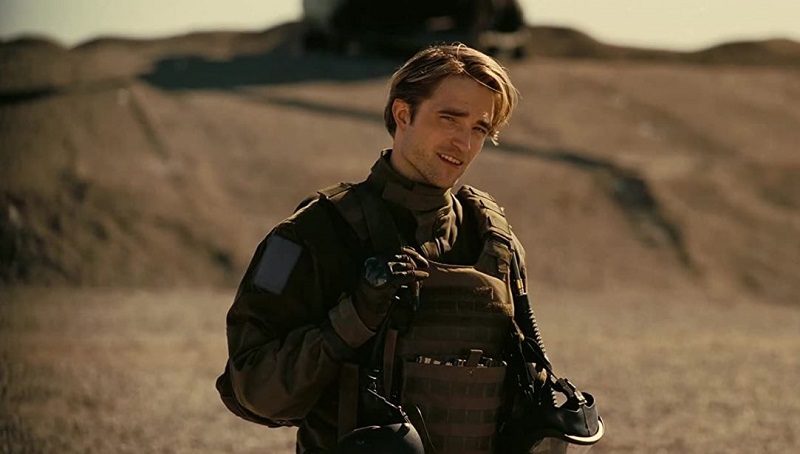
Let’s just say this: some have criticized the filmmaker for Tenet with phrases such as “convoluted” and some writers have even called it the weakest of his efforts. It’s not in his top five for me, but it is a fascinatingly laid out narrative executed by a director who rightfully has become a selling point for tens of millions of audience members across the globe.
For those who appreciate the “how’d they do that?” type of bonus features, Nolan has some tasty treats for you. Looking at the World in a New Way: The Making of Tenet is a 76-minute featurette that divides the process into 13 parts. Everything from script work to casting, special effects, and even what it is like to shoot 1.5 million feet of 65mm film is chronicled and so much more.
Among those who offer their two cents from behind the camera are (of course) Nolan, cinematographer Hoyte van Hoytema, production designer Nathan Crowley, stunt coordinator George Cottle, Special effects supervisor Scott Fisher and producer Emma Thomas—as well as a few more! The acting ensemble chimes in, including Washington, Pattinson, and Branagh, whose insight as an award-winning director himself is impressive.
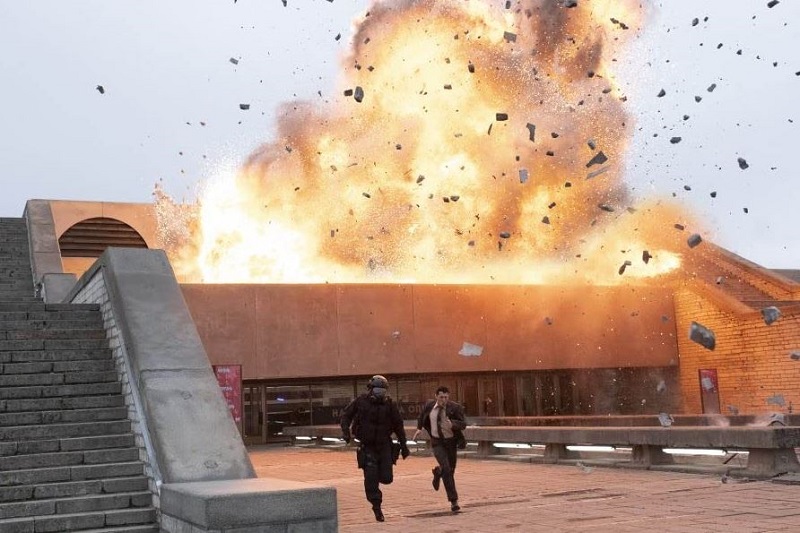
Those 13 parts are:
- The Principle of Belief
- Mobilizing the Troupe
- The Approach
- The Proving Window
- The Roadmap
- Entropy in Action
- Traversing the Globe
- How Big a Plane?
- The Dress Code
- Constructing the Twilight World
- The Final Battle
- Cohesion
- Doesn’t Us Being Here Now Mean It Never Happened?
What truly blows us away from the above featurettes is specifically how filmmakers, VFX folks and Nolan came together to create something that appears so seamless—even though every single person watching knows its anything but.
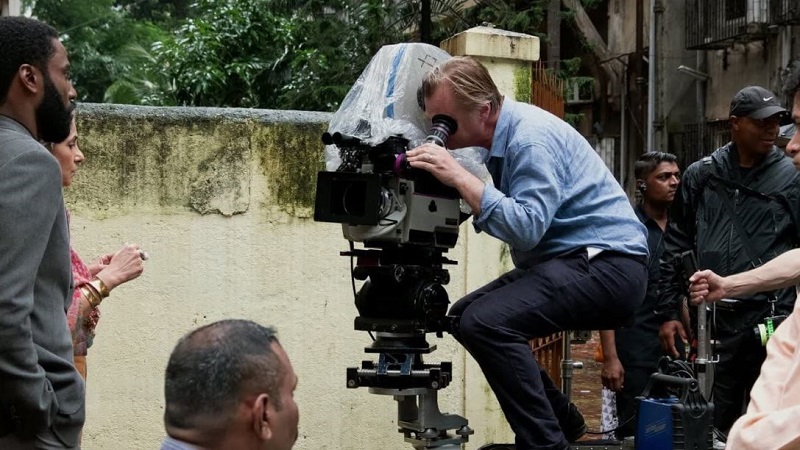
There is a multitude of scenes where people are moving forward and backward, bullets are flying, and coming back—as well as explosions detonating and then un-exploding. It’s a marvel of the highest order, technically, not just narratively, and through these featurettes, much of that is explained brilliantly.
There is also a theatrical teaser included, as well as three theatrical trailers.
Grade: B+
Bonus Features: A

